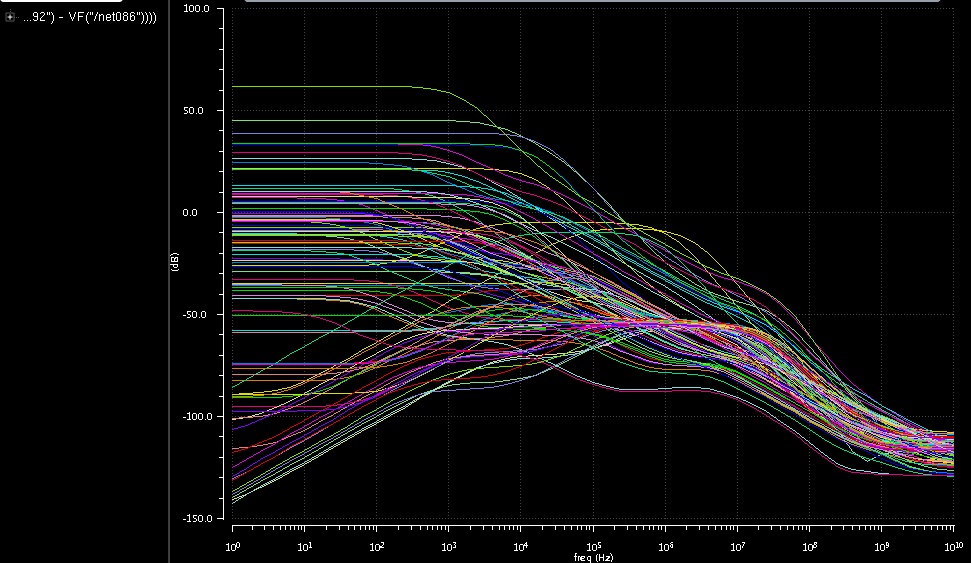Research
What I Read This Week
Some Short Writing

A Review of Hamiltonian Monte Carlo
In this paper I will be discussing the Markov chain Monte Carlo (MCMC) method known as Hamiltonian Monte Carlo. MCMC is a method of simulation that was brought forward in a 1953 paper by Nicholas Metropolis to simulate ideal states of molecules . In 1959, the concept was extended by Alder and Wainright by creating a more deterministic outcome, which are now known as Hamiltonian Dynamics. The selected literature that popularized Hamiltonian Monte Carlo was developed by Duane, Kennedy, Pendleton and Roweth and published as ”Hybrid Monte Carlo” and is col¬loquially referred to as ”HMC.” More recently, HMC has entered into the realm of Bayesian Statistics; in 1996 Neal published a paper applying HMC to neural networks To properly understand Hamiltonian Monte Carlo and Hamiltonian Dynamics, it is imperative to have a thorough foundational understanding of Monte Carlo simulations, Markov chains, Markov chain Monte Carlo (MCMC) methods and various supporting algorithms such as, Metropolis- Hastings, Random Walk etc).

Principal Component Analysis for College Majors
For 17–19-year-old students, a common problem arises when they begin to apply to university: in what course are they to undertake further study? Generally, there is some guidance through university counsellors, parents, peers, or mentors, but there is a swath of information available and it is difficult to identify pertinent information and thus determine the most optimal route to university entry . Beginning to define ”optimal” opens the door to significant nuance: Is the student independently wealthy? Do career outcomes matter? Do they value money, over what they enjoy? Do they have moral underpinnings that direct them to take on work that is meaningful? The list is ad-infinitum. In an attempt to assist in determining a solution, this analysis seeks to propose a guide for students that replaces the typical ”Major Category” utilized to begin one’s search (i.e. Engineering, Physical Science, Arts, Humanities etc) and utilizes instead, clusters of degrees based on different post-graduation employment statistics.







